Leucocoprinus birnbaumii: the yellow pot fungus
2 years ago · Updated 6 months ago
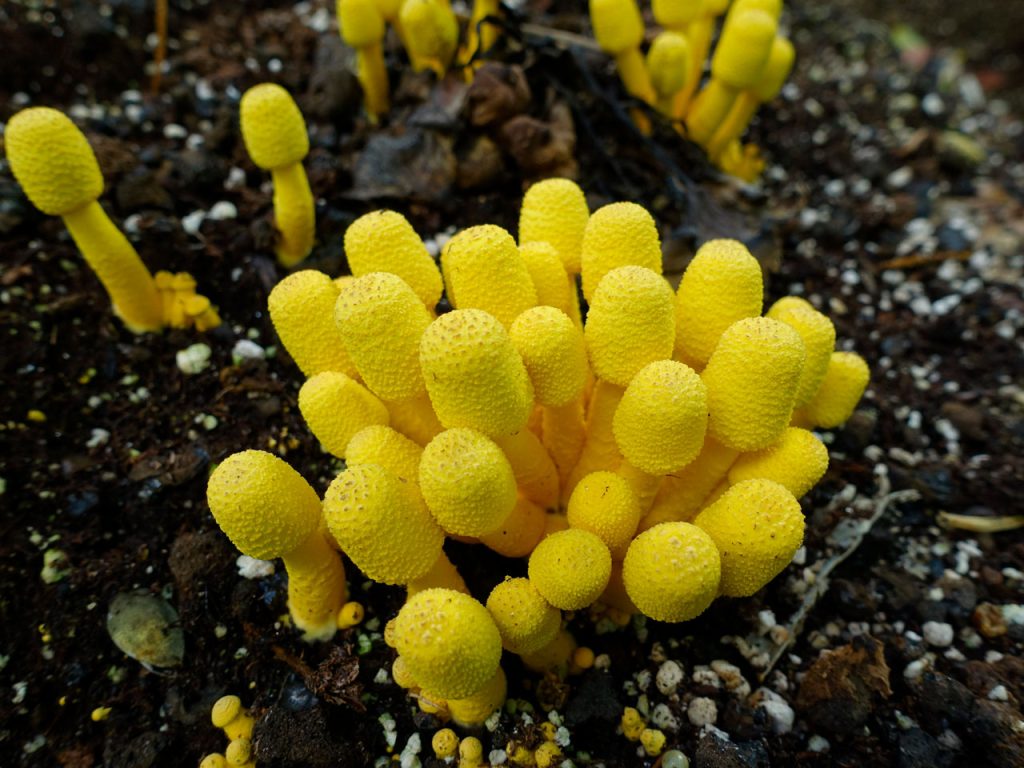
The world of mushrooms is so vast that many people are curious about the different species. And there's one that's really special, like Leucocoprinus birnbaumii.
This name probably won't mean much to you, but what if I tell you it's known as yellow pot fungus? The thing may change; anyway, so that there's no doubt, we're going to tell you what its characteristics are and where it can be found.
Yellow fungus in pots, what is it?
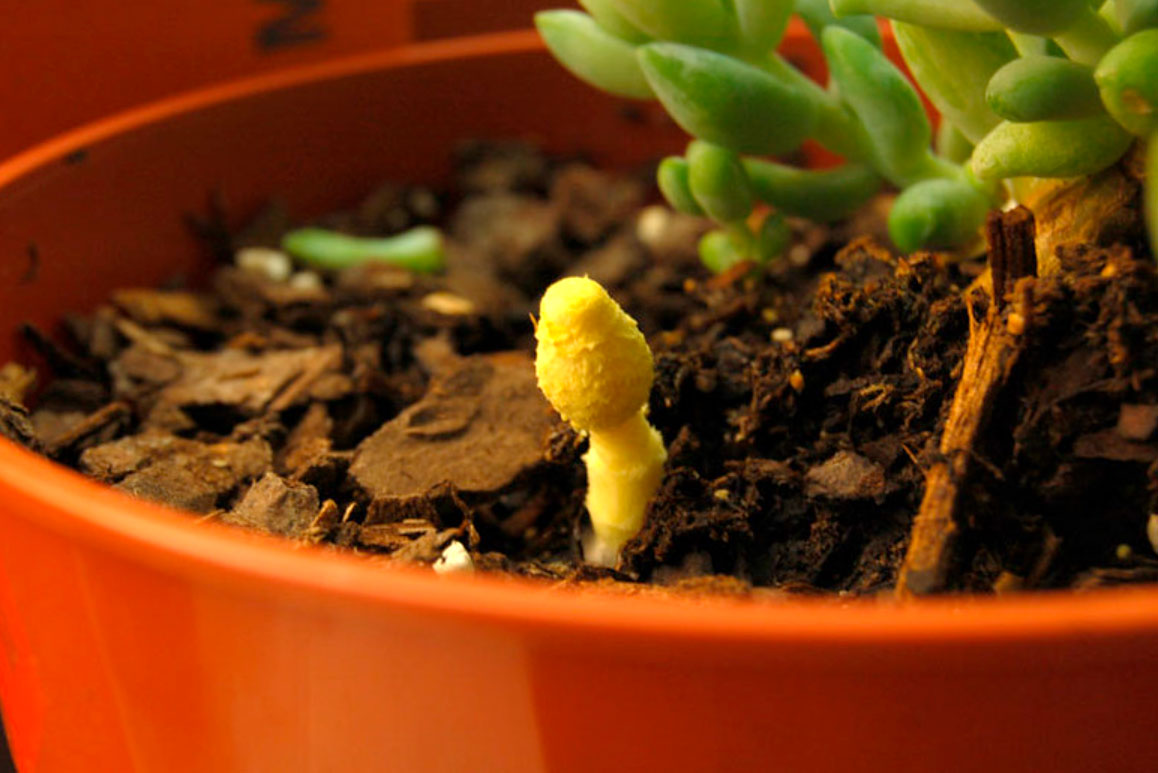
Origin of the fungus leucocoprinus birnbaumii
The yellow pot fungus is a recently arrived species which, as its name suggests, appears in pots from the plant substrate used. Its origin is tropical.
It's a species of fungus native to the tropical and subtropical regions of America, but it's also very common in greenhouses and pots that are in temperate climate zones.
Its scientific name is, as we said, Leucocoprinus birnbaumii, and it is characterized by having a yellow body color, hence its name pot yellow.
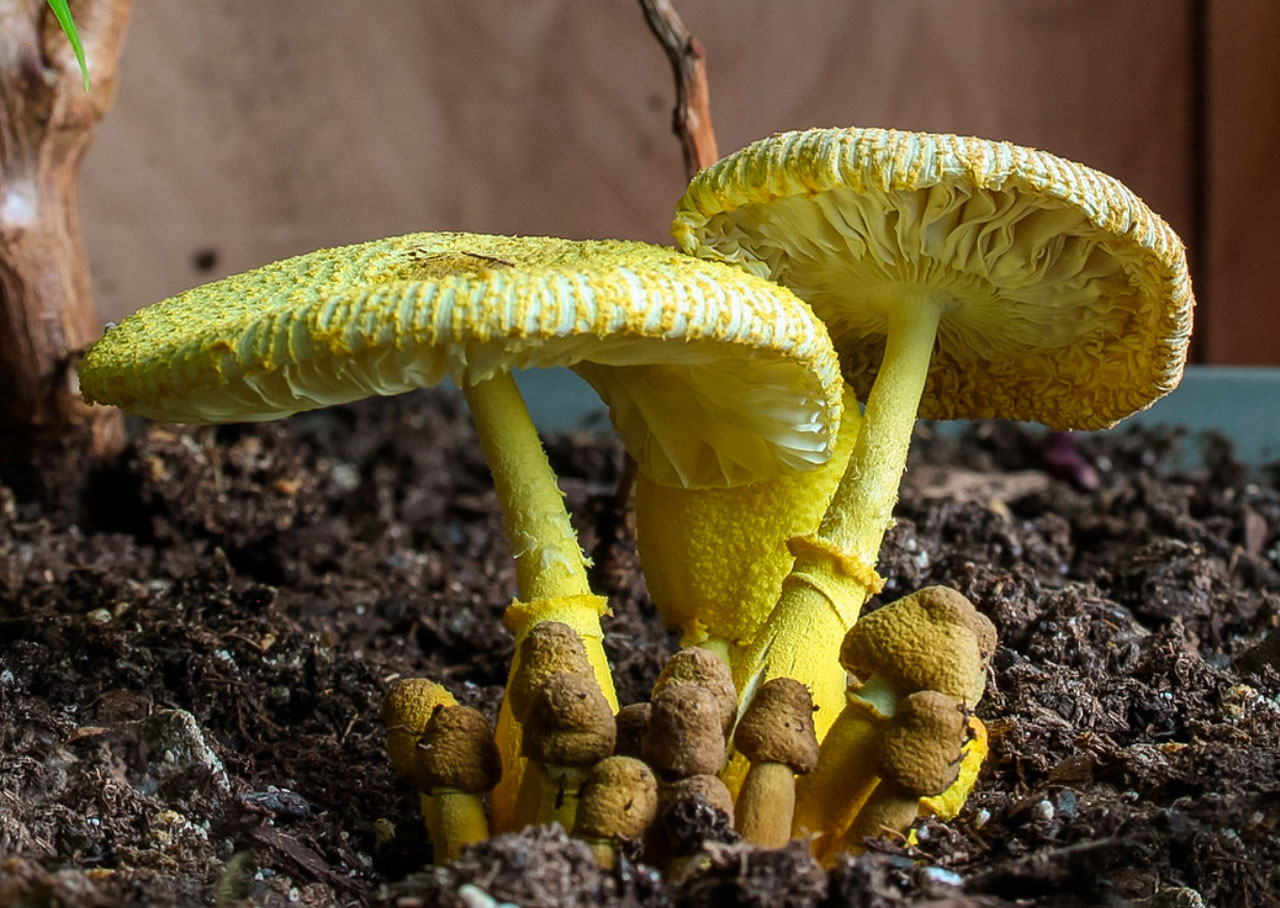
Characteristics of these yellow mushrooms
The yellow pot mushroom (Leucocoprinus birnbaumii) is small in size, but is distinguished by its entirely sulfur-yellow color and by growing in groups.
It has an initially very closed ovoid cap, 23-28 mm high by 18-20 mm in diameter, with scales on its surface, which opens like an umbrella to take on a conical shape while retaining the central umbo. At the same time, the bright yellow color fades as the mushroom matures and ages. The foot is massive, thick, the same sulfur-yellow color, and can reach 60 mm in height. The foot retains a whitish ring at the top, corresponding to the partial veil that used to cover the lamellae. Normally, the feet of different fruiting bodies meet at the thickened base.
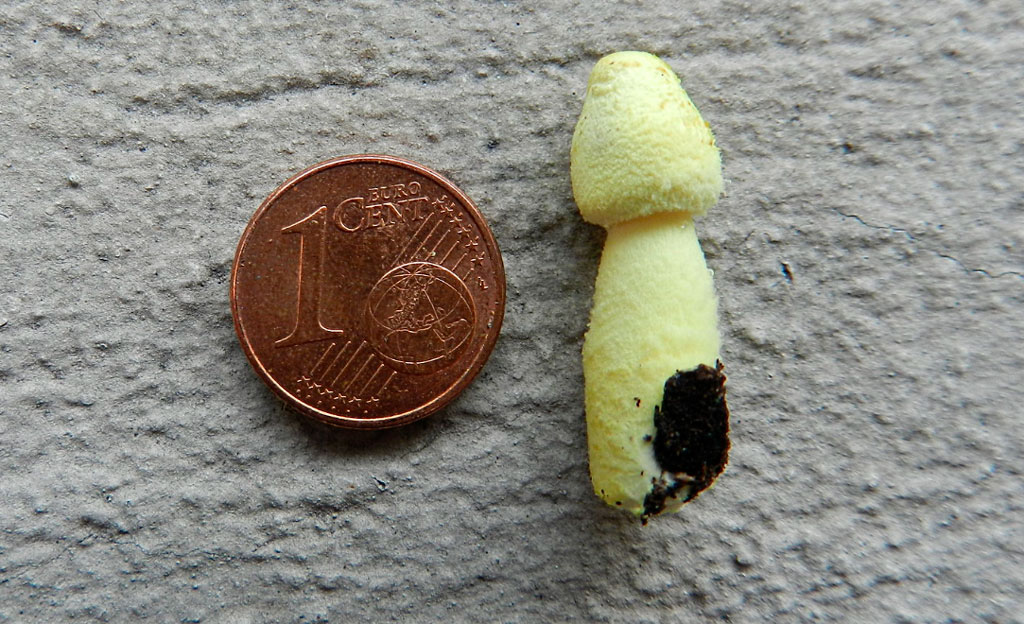
It belongs to the Agaricaceae family, the Button Mushroom family, although the Yellow Pot Mushroom is a highly toxic species.
The cap of this yellow mushroom measures up to 10 cm in diameter and takes on a conical, campanulate to spreading shape. The cuticle has very fine, bright yellow to golden scales. The stem is cylindrical, lemon-yellow, with a swollen base. With age, or if handled, the bottom blackens.
Photographs of Leucocoprinus birnbaumii
Species similar to yellow mushrooms in my flower pot
Leucocoprinus straminellus resembles it but is paler and sometimes completely whitish. It also appears in plant containers in temperate climates. Leucocoprinus sulphurellus is a yellow fungus found in the Caribbean.
Habitat and distribution of L. birnbaumii
Like all species in the Leucocoprinus genus, L. birnbaumii is a saprophyte, living in highly decomposed plant matter (humus or compost).
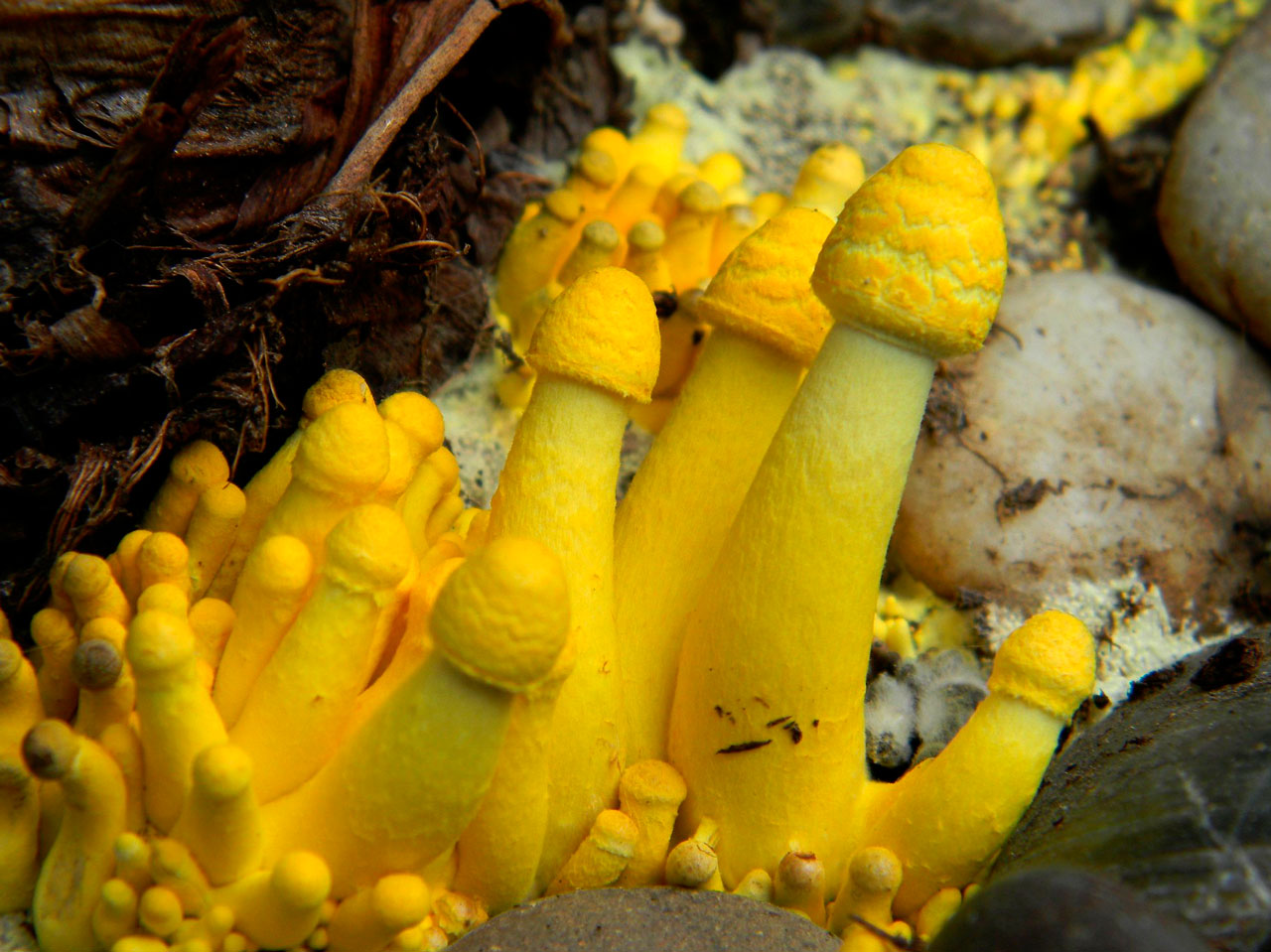
Is the Leucocoprinus birnbaumii edible?
No. The flesh has a somewhat unpleasant odor, and although the taste is sweet, it can cause stomach problems. This is a slightly toxic species, nothing more, since, as it comes in small quantities, ingestion cannot be abundant, but it can nevertheless produce serious gastrointestinal disorders.
Control of Leucocoprinus birnbaumii in greenhouses and pots
Many soils and substrates we buy are already contaminated with Leucocoprinus birnbaumii spores, or simply become contaminated when we leave them on the balcony. This is why these yellow fungi appear in pots.
Leucocoprinus birnbaumii is a species of fungus found in temperate and tropical climates, appearing on hot days and when the substrate is very damp. That's why, if we over-water the plants or keep them in a closed place like a greenhouse, it's important to keep them in good condition,
Hay que procurar regar solo cuando sea necesario, y además es muy aconsejable hacer tratamientos preventivos con cobre o azufre en polvo para evitar que aparezcan.
Health and mushrooms!

Te pueden interesar